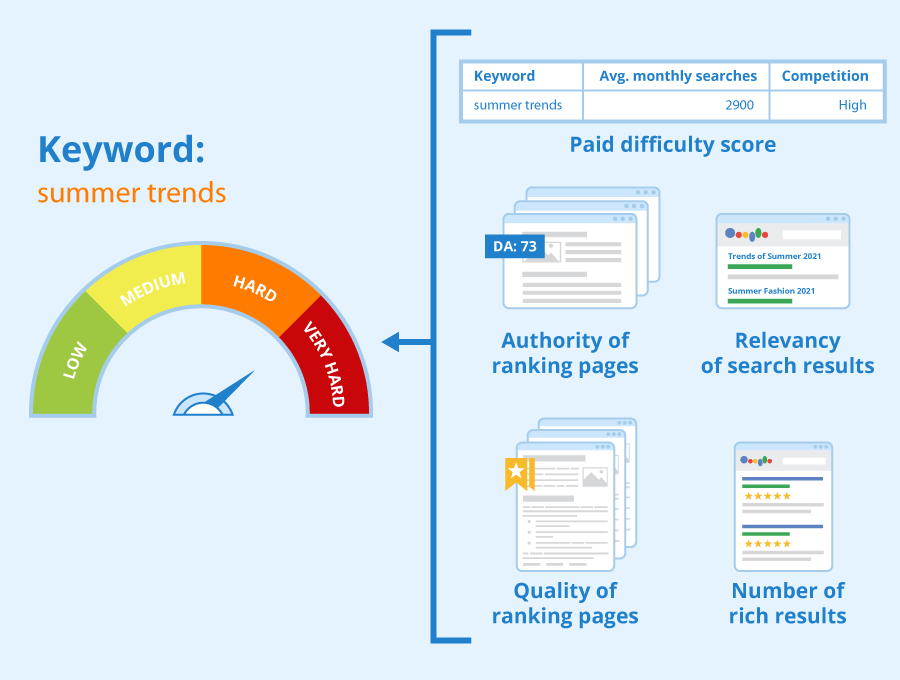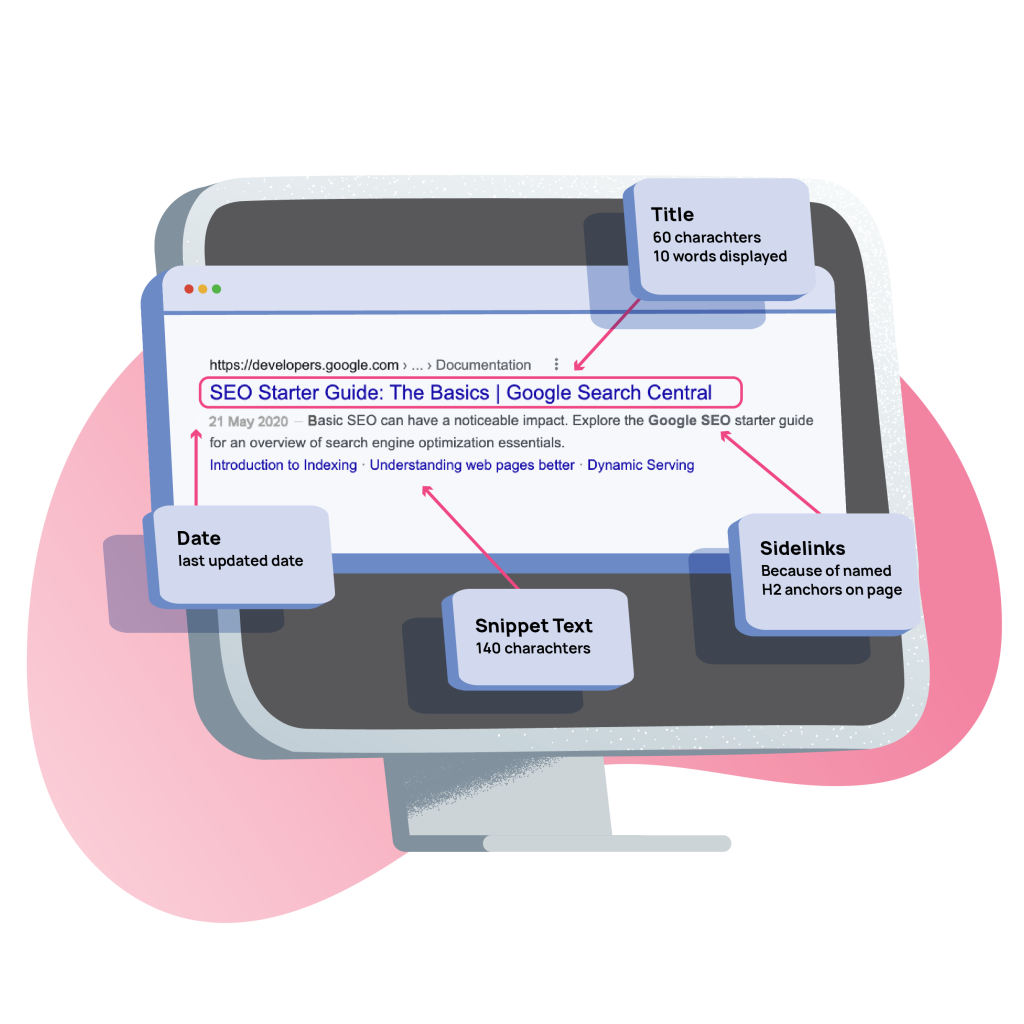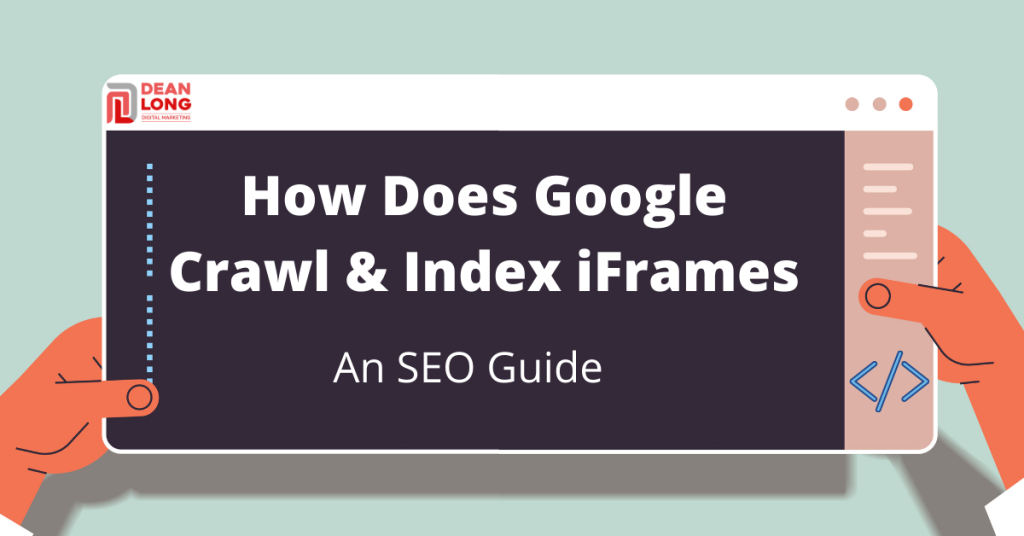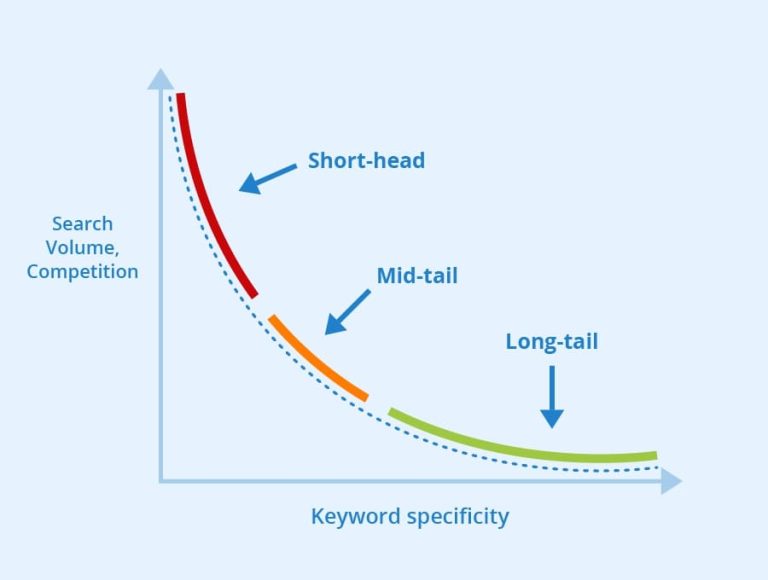Understanding the Basics of SEO & On-Page SEO
BASICS OF SEO
SEO is one of the most commonly heard terms when it comes to digital marketing, and almost all people with even a little technical knowledge will undoubtedly have heard of the term ‘SEO’ at least once. However, not many people can answer the question-‘What is SEO?’
Search Engine Optimization (SEO) can simply be defined as the process and techniques of getting a web page, website, or any online content found in the search results on the search engines.
In other words, SEO refers to the techniques that help to rank one’s website higher in search results in the search engines.

SEO is small but, at the same time, a very crucial part of Search Engine Marketing (SEM) and also of Digital Marketing. Search engines like Google, Yahoo, Bing, etc., all show the results in a rank-based system based on what the search engines consider most relevant to the users/viewers.
If our sites, channels, page, blog, or content appear on top of the rankings, it will boost the viewership and increase our incoming traffic through the search results.
Also, attracting viewers through organic or natural searches is better than paid or ad-listed search results.
Why SEO?
We should understand that to have long-lasting success, we should be able to cope with the changing technologies and move forward at the same rate as the rest of the world.
Small-scale and world-leading companies crumbled when they failed to cope and move forward with the developing technology.
We can take the example of the famous mobile brand Nokia. At the start of the 2000s, they were the world leaders in the mobile phone market.
They failed to live up to the expectations of the fast-moving technical world, and after sometimes the Company almost collapsed until it partnered with Microsoft.
Hence, people in countries like Nepal should understand that applying online business strategies will help them get long-term results. It only seems like a matter of time before the trend of making online transactions finally and fully catches up in our society.
SEO in Nepal
The trend of doing SEO nowadays is very much at its peak, and almost all online businesses, sites, channels, etc., are following this approach or at least talking about it. However, the question might arise in one’s mind what is the use of performing SEO or even having an online business platform for businesses or people of a third-world nation like ours i.e. Nepal?
Well, the fruits of implementing SEO might not be the same in the context of Nepal as they will in some technically enhanced and developed 1st world nations. But at first, people in developing countries like ours should understand that the results or fruits of implementing online business and SEO will be a long-term success. In scenarios like ours, short-term success may or may not come at all.
Digital Marketing & SEO in Nepal’s context are relatively newer topics to the general public, but the trend of doing SEO to boost one’s business is rapidly increasing. People are eager to try this new trendy thing and understand it.
Another important thing about SEO is that any type of business can implement SEO strategies once they have a digital presence, and it is much cheaper than traditional methods of boosting companies like advertisements. Hence we can only predict that SEO in Nepal will be done by more and more companies in the future, and also, they will be reaping its benefits.
It’s much easier to grow your business by getting more traffic than by playing with the conversion rate.
Classifications of SEO:
Now moving back to the topic, SEO can again be classified into two types. They are:
On-Page SEO
On-page SEO refers to those ranking factors almost entirely within the publisher’s control. The contents on a page, clues provided in HTML codes, making the page attractive through images and pictures, etc., are all the things that lie under On-page SEO.
Off-Page SEO
On the other hand, off-page SEO refers to those SEO factors the publisher has little control or control over. Off-page SEO is done through links on other sites that point users to our pages. We should also remember that the quality of the areas that link to our page also plays a significant factor in helping our traffic.
Factors Affecting On-Page SEO:
1. Content
The more the content quality, the more one’s chances of being found increase. Also, if we see in general, the sites with more content will have more traffic. But, it also doesn’t mean one can make the range vast by keeping the irrelevant subject and the texts lengthy.
The content that one posts should be catchy and grab the visitors’ attention so that they will return to one’s site. The material on one’s page also shouldn’t be tedious and monotonous for the viewers or traffic. If the content bores the visitors, they rarely revisit the same sites.
The publishers must remember that the more exciting and unique their content will be, the more their chances of being found. If the material is good, the bounce rate will decrease, increasing visitor traffic to one’s site.
Also, it will be hugely beneficial to keep additional links to other posts so that the visitors will see different positions if they enjoy the visited pages. If one wants to be successful, the content should focus on the viewers rather than how the search engine finds and focuses on their sites/channels.
Great Content Deserves Great Ranking
2. Keyword
Keyword in terms of SEO simply refers to the keywords or phrases that people type in the search box of Search engines like Google to meet their queries. In simpler terms, keywords can simply be understood as the words or phrases one searches in search engines.

Keywords are one of the most critical factors in SEO work. While indexing. Google bots or crawlers also search for content, especially for keywords, so publishers must be aware of inserting them in their articles.
However, the publishers should also not crowd the content with keywords making the entire page or article boring for the viewers.
3. Title tags and Meta tags in SEO
The title tag refers to the text snippets on the upper left corner of the tabs of the web browsers after searching. It plays a vital role in increasing one’s traffic. Title tags are basically the first things the viewers will see, so the publishers must make their title tags as catchy and unique as possible to attract more traffic from them.

Next, we have Meta tags. These tags are simply a short description of one’s web page. Meta tags again have two parts, i.e. meta description and meta keywords.
The meta description provides brief information about the website. Meta keywords refer to the additional text snippets in HTML that allow listing a few different keywords related to the webpage.
Content and title are two factors of on-page SEO that are of more importance than the rest of the factors. Hence the publishers should focus on making their content and titles stand out. However, we cannot underestimate other factors as they also play a vital role in one’s success. Good SEO work only gets better over time
4. URL
A website’s URL structure can impact search engines’ ability to index and understand the website’s content. A publisher using a more organized URL can hugely impact their incoming traffic. The URL should be edited to include the web page’s title if one can.
5. Load time
It is necessary to keep in mind for the publisher that the load time of their site shouldn’t be too long, and they should maintain the web pages in such a way that the page loads quickly for the viewers. The publishers should choose an excellent server to ensure the page loads fast.

Also, we must remember that the content inside the websites or pages is not too big or vast, which will take time to load. The HTML codes and images should also be compacted and not carry much weight.
6. Pictures
A picture itself can speak a thousand words. Also, nothing bores visitors more than entering a site that is full of nothing but text.
Hence, the publishers should try to insert as much graphical and pictorial content on their sites to make them more attractive to visitors. The file name lives in HTML or source code when the pictures are loaded. Hence it will be beneficial to describe the concept. E.g., red-Goldstar-shoe.jpg. which is also called the Alt-text of an image
7. Headline tags
Headline tags refer to HTML tags that make our keywords stand out from the rest of the texts. These tags also show the search engine’s bots that the headlined words are more important than others on the web pages.

In conclusion, the headline tags make the web page easier from the reader’s standpoint and help the bots find clues about what is essential on the page.







